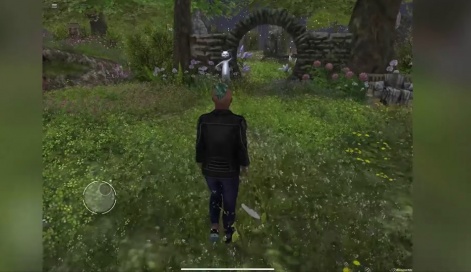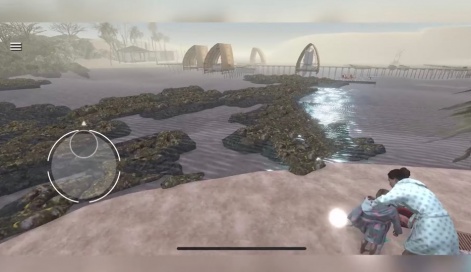Bringing Second Life to mobile | Pocket Gamer.biz

Before the advent of the modern metaverse and across the past two decades, online multimedia platform Second Life has provided players with a social stage that allows the creation of an avatar who can live in a virtual world full of possibilities. Players can build, buy and chat with other real players and while promises and concepts swirl around here’s a working metaverse that actually exists.
Second Life is considered to be one of the true original metaverse titles, coming into life before the concept was even coined. However, as technology changed and the social media networks such as Facebook and Twitter took off users shied away from virtual spaces in favour of ease of use and mobility. Despite this, Second Life still remains and has an audience that, unlike today’s up-and-running ‘metaverse’ titles such as Roblox, isn’t just a play space for younger players.
We spoke with Second Life’s VP of product, Grumpity Linden about how Second Life has managed to stand the test of time and how the platform is adapting to the changing game space by going mobile for the first time.

Pocketgamer.biz: Second Life has been around for the past two decades, with many considering it to be the original ‘metaverse’. What do you think has kept players engaged for all these years?
Grumpity Linden: Second Life is a living virtual world, always reinventing itself. It allows for a continuity of presence and connection while constantly changing and evolving. It has always been at the forefront of innovation in this space pioneering the concepts of virtual cultures, communities, and economies. By giving its residents the ability to live the lives they desire, including the power to create and monetize, Second Life has been able to stand apart from other platforms for the past 20 years.
There have been past attempts at bringing Second Life to mobile, what’s different this time around?
The main challenge had been to find a solution that would bring the beauty and complexity of Second Life to a mobile device, and have the client remain performant while moving around a UGC world built on real-time creation. We believe the current development has unlocked this challenge – through several factors: mobile devices are now more powerful than ever so can better handle the content, and we are building on top of Unity which allows us to optimize our development.

What is the main hope/goal of bringing Second Life to mobile?
We can’t wait to give SL on mobile to our current users and help many more future residents discover it
Grumpity Linden
Second Life is an immersive world – we want it to be everywhere our residents past, present, and future want to go. Having seamless continuity between desktop and mobile allows our existing users to stay in touch, helps those who have disengaged come back and check out what’s new, and allows us to reach new audiences and introduce them to the wonder of virtual worlds. We can’t wait to give SL on mobile to our current users and help many more future residents discover it.
Can mobile users expect a similar experience to the PC version?
There will definitely be some differences. While Second Life is not a spectator sport on any platform, creators who design, build, and otherwise engage with content creation in SL will still want to do the bulk of their work on desktop. However, they will be able to stay in touch with their crew and customers on mobile. There are also going to be mobile-first developments in the future that could then find their way to the desktop experience.

Are there any other big Second Life updates on the horizon?
One of the projects we’re currently excited about is the adoption of GLTF standard – currently for materials, but on the roadmap to extend support for all GLTF content. We believe this will really expand the content and commercial opportunities for creators. There’s a lot of excitement and anticipation in the community.
How’s the release date looking?
It will be coming to both Android and iOS, and we’re going to do a closed beta targeted for Q4.
